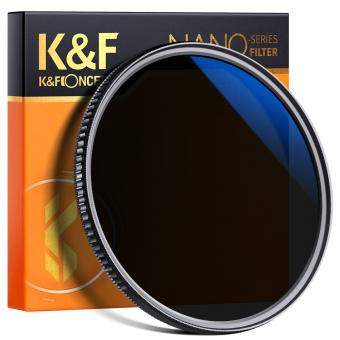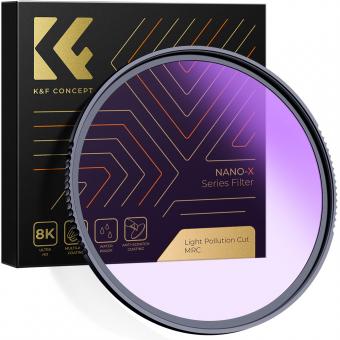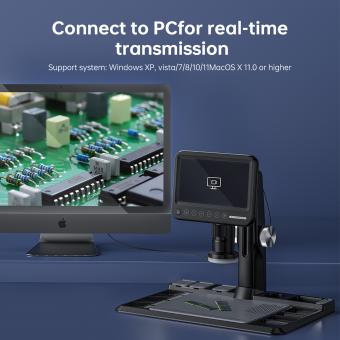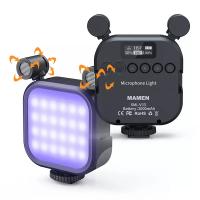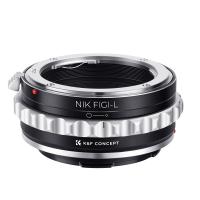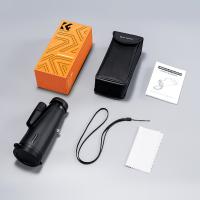Are Light Microscopes Cheap Science ?
Light microscopes are relatively inexpensive compared to other scientific equipment, such as electron microscopes or mass spectrometers. However, the cost of a light microscope can vary depending on its quality, features, and intended use. Basic light microscopes suitable for educational purposes or hobbyists can be purchased for under $100, while more advanced models used in research labs can cost thousands of dollars. Overall, light microscopes are considered to be a relatively affordable tool for scientific inquiry and education.
1、 History of light microscopes
"History of light microscopes" is a topic that dates back to the 17th century when the first light microscope was invented by Antonie van Leeuwenhoek. Since then, light microscopes have undergone significant advancements, making them an essential tool in scientific research and education.
In the past, light microscopes were expensive and only accessible to a few researchers and institutions. However, with the advancement of technology, light microscopes have become more affordable and accessible to a broader range of people. Today, there are many affordable light microscopes available in the market, making them a cheap science tool.
Light microscopes are widely used in various fields, including biology, medicine, and materials science. They are used to study the structure and function of cells, tissues, and organisms. Light microscopes are also used to diagnose diseases and develop new drugs.
The latest point of view on light microscopes is that they are still an essential tool in scientific research and education. However, with the advancement of technology, other imaging techniques such as electron microscopy and confocal microscopy have emerged, providing higher resolution and more detailed images. Despite this, light microscopes remain the most widely used imaging tool due to their affordability, ease of use, and versatility.
In conclusion, the history of light microscopes is a fascinating topic that has seen significant advancements over the years. Today, light microscopes are cheap science tools that are widely used in various fields of research and education. While other imaging techniques have emerged, light microscopes remain an essential tool in scientific research and education.

2、 Types of light microscopes
Types of light microscopes include compound microscopes, stereo microscopes, and digital microscopes. Compound microscopes are the most common type and are used to view small, thin specimens such as cells and bacteria. Stereo microscopes, also known as dissecting microscopes, are used to view larger specimens in three dimensions. Digital microscopes use a camera to capture images and display them on a computer screen.
In terms of cost, light microscopes can range from relatively inexpensive to very expensive depending on the type and quality. Compound microscopes can be purchased for as little as $50, while high-end digital microscopes can cost thousands of dollars.
However, it is important to note that the cost of a microscope does not necessarily reflect its quality or usefulness in scientific research. Advances in technology have made it possible to produce high-quality microscopes at lower costs, and many researchers are able to obtain affordable microscopes that meet their needs.
Overall, while light microscopes can be relatively inexpensive, their value in scientific research cannot be understated. They are essential tools for studying the microscopic world and have contributed greatly to our understanding of biology, medicine, and other fields.
3、 Advantages of light microscopes
Advantages of light microscopes are numerous. Firstly, they are relatively cheap and widely available, making them accessible to many researchers and students. They are also easy to use and require minimal training, making them ideal for educational purposes. Additionally, light microscopes are versatile and can be used to observe a wide range of specimens, from cells and tissues to larger organisms.
Another advantage of light microscopes is their ability to provide high-resolution images of specimens. With the use of advanced techniques such as fluorescence microscopy, researchers can even observe specific molecules within cells. This has led to significant advances in fields such as cell biology and neuroscience.
Furthermore, light microscopes are non-destructive, meaning that specimens can be observed repeatedly without causing damage. This is particularly important in longitudinal studies where changes in specimens over time need to be observed.
In recent years, there has been a growing interest in the development of portable and low-cost light microscopes for use in resource-limited settings. These microscopes have the potential to revolutionize healthcare in developing countries by enabling the diagnosis of diseases such as malaria and tuberculosis in remote areas.
In conclusion, light microscopes offer numerous advantages, including affordability, versatility, high-resolution imaging, non-destructive observation, and potential for use in resource-limited settings. These advantages make them an essential tool for researchers and educators in various fields of science.
4、 Limitations of light microscopes
Limitations of light microscopes are well-known and have been studied for decades. One of the main limitations is the resolution, which is limited by the wavelength of visible light. This means that structures smaller than 200 nanometers cannot be resolved with a light microscope. Another limitation is the depth of field, which is the thickness of the specimen that can be in focus at one time. This can make it difficult to observe three-dimensional structures.
However, despite these limitations, light microscopes are still widely used in science and are considered to be relatively cheap compared to other types of microscopes. They are also easy to use and maintain, making them accessible to a wide range of researchers.
In recent years, there have been advancements in light microscopy techniques that have helped to overcome some of these limitations. For example, super-resolution microscopy techniques such as stimulated emission depletion (STED) microscopy and structured illumination microscopy (SIM) have been developed, which allow for higher resolution imaging of structures smaller than the diffraction limit of visible light.
Overall, while light microscopes do have limitations, they are still a valuable tool in scientific research and continue to be used extensively in many fields. With the development of new techniques, the limitations of light microscopes are being overcome, making them an even more powerful tool for scientific discovery.




